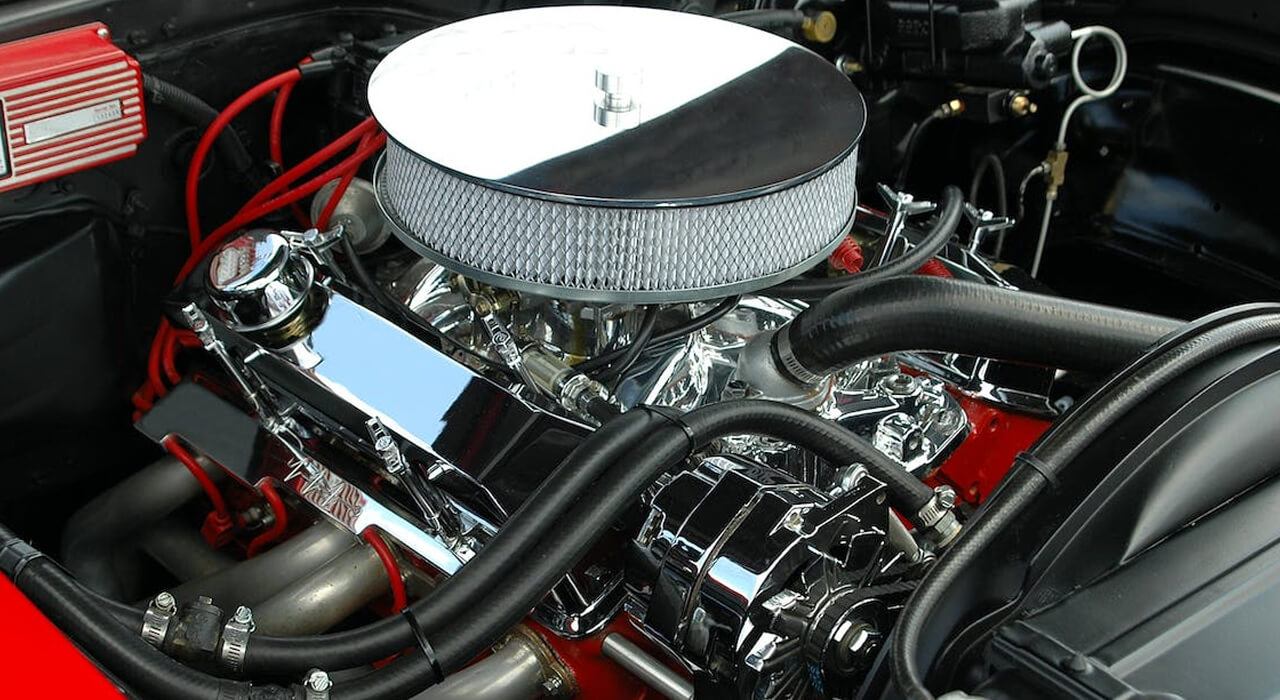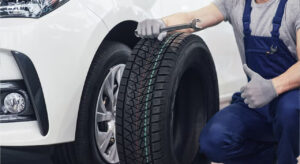Whether you’re involved in an auto accident or just have a part that needs replacing, repairing your car typically means your bank account is taking a hit. Even with full insurance coverage, you’ll still have some out-of-pocket expenses—and sometimes, the replacement part is less than your deductible, which is always great news.
But what about when you’re relying on insurance to cover some or most of the costs? Can your insurance company force you to use aftermarket parts? The answer depends on your insurance company. If the answer to this is yes, then understanding the pros and cons of aftermarket car fixes is something you should become intimately familiar with.
What are Aftermarket Car Parts?
The term ‘aftermarket car parts’ can be a little confusing. Does it mean the parts aren’t sellable at a dealership or auto store? The term actually applies to the parts manufacturer. Aftermarket parts aren’t produced by the same manufacturer as your vehicle—and instead, various third parties manufacture the parts.
So, should you use aftermarket car parts? The answer can be a little more complex, and there are advantages and disadvantages to using aftermarket car parts.
Advantages of Using Aftermarket Car Parts
Reduced Costs
Aftermarket car parts are typically cheaper than OEM (original equipment manufacturer) parts. The lower price is often enough to convince drivers to use replacement parts produced by a third-party manufacturer.
Insurance companies also prefer covering aftermarket replacement parts for their lower price. You may even find replacement parts priced lower than your deductible, resulting in additional savings. Not only are you paying less to repair your vehicle, but you may not get hit with an increase to your insurance premium.
Suggestion: 12 Easy Ways To Save Money When Renting A Car In America
Parts are Readily Available
Almost every driver has a story about waiting days or even weeks for vehicle manufacturer parts to come in. This is rarely an issue with aftermarket parts. Third-party manufacturers often flood the market with parts, meaning you can easily find what you need at auto stores, online, and at independent mechanic shops.
The easy availability can also equal additional savings. Instead of paying for a rental vehicle for weeks, you may only need it for a couple of days.
Added Features and Improved Vehicle Performance
Most OEM parts are identical to the ones you are replacing. However, it’s a little different with aftermarket parts. Some come with additional features that may improve your vehicle’s performance.
You often have more options out there with aftermarket parts, so you can easily customize your vehicle or tailor repairs to meet your needs. Maybe it’s something you’ve been considering for a while, and now’s the perfect opportunity—with them, you can repair your vehicle and even get a add a few extras for less than you normally pay for original manufacturer parts.
Some examples include exhaust systems and air filters that boost fuel efficiency and horsepower, and who doesn’t want to add more horsepower to the vehicles for an affordable price?
Also Check: 11 Best Cars With Keyless Ignition In 2023
Potential Downsides of Using Aftermarket Car Parts
Quality Can Be Lower
Third-party manufacturers are not held to the same quality control standards as original manufacturers. While aftermarket parts are required to meet industry and safety standards, they have some leeway.
You may notice a car part manufactured by a third party doesn’t fit as seamlessly in your vehicle. Eventually, maybe you can get the part to slip into place after a little finagling, but the process can be frustrating, and forcing the part to fit can also cause issues with durability. You may even find yourself replacing the part more frequently, and this eliminates any potential cost savings.
May Invalidate Your Warranty
Vehicle warranties are pretty specific when it comes to replacement parts, and most warranties only cover issues with OEM parts. Replacing an OEM part with one manufactured by a third party can invalidate the vehicle’s warranty. If something goes wrong, you are responsible for all of the repair and replacement costs.
You also want to take a careful look at your car insurance policy. Drivers only carrying liability can use parts by either manufacturer as long as they meet industry safety standards. If you have full coverage, your insurance may only cover aftermarket parts or vice-versa—talk to your insurance agent if you can’t find the information in your policy.
Are Aftermarket Car Parts Right For You?
When your vehicle needs repairs, one of the things you need to consider is where you’re sourcing your parts from—do you go with OEM or aftermarket car parts?
Both have their own respective advantages and downsides, but it often comes down to the overall costs for drivers. Aftermarket car parts are less expensive and can even improve vehicle performance.
However, before you just go out and buy any aftermarket part out there, it’s a good idea to check its quality and take a look at your vehicle’s warranty. Sometimes, paying more for OEM parts is worth the added expense for the added quality and reassurance you can get.





